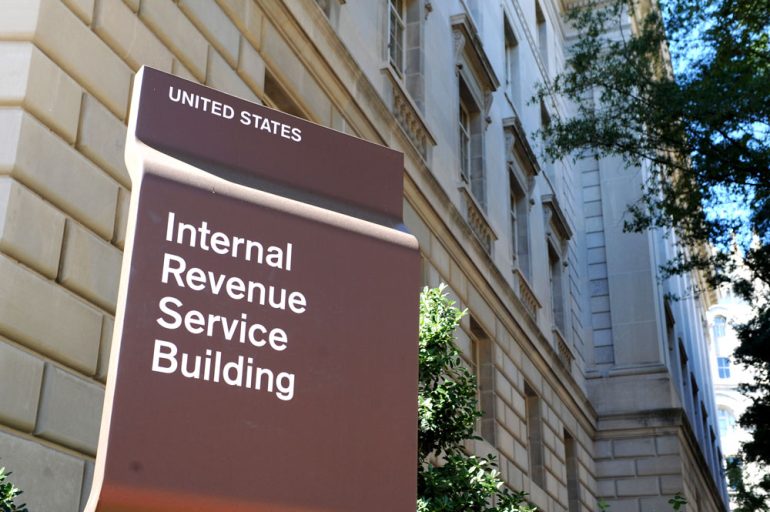The Internal Revenue Service (IRS) is reminding self-employed individuals, retirees, investors, businesses, and corporations that the first quarter estimated tax payments for the 2025 tax year are due by Monday, April 15. The IRS operates under a pay-as-you-go tax system, which requires taxes to be paid as income is earned throughout the year. While many people fulfill this obligation through tax withholding from their wages, pensions, or government benefits, others are responsible for making quarterly estimated payments.
Self-Employed, Retirees, Investors, and Gig Workers Must Accurately Calculate Estimated Tax Payments
Self-employed individuals, gig economy workers, retirees, and investors are generally required to make estimated tax payments. These groups often receive income that is not subject to automatic withholding. For example, retirees may have income from pensions or Social Security, while investors may earn income through dividends or capital gains. The IRS highlights that individuals in the gig economy and those with side jobs, as well as part-time workers, should ensure their quarterly payments are accurate.

When calculating estimated taxes, taxpayers must account for all sources of income, including wages, freelance earnings, rental income, and the sale of goods and services. Income that typically requires estimated tax payments includes interest, dividends, alimony, and capital gains. Taxpayers should reference Form 1099-K to report side job or freelance income. To assist in the process, the IRS recommends using Form 1040-ES, which offers detailed guidance for calculating the required payments.
Payment Options and Resources to Ensure Accurate Estimated Tax Payments and Avoid Penalties
Quarterly estimated payments help taxpayers avoid penalties and ensure compliance with tax obligations. However, certain groups may be exempt from penalties, including farmers, fishers, recent retirees, individuals with disabilities, those with irregular income, and victims of disasters or terrorist attacks. For those who need help with making the right payment amount, the IRS suggests using the Tax Withholding Estimator tool to adjust withholding for more accurate results.
Taxpayers have multiple options for making their payments, including traditional methods like mailing a check to the “United States Treasury,” as well as electronic options such as IRS Direct Pay, debit/credit card payments, digital wallets, or the Electronic Federal Tax Payment System (EFTPS).
The IRS also provides additional resources, such as IRS Publication 505, to guide individuals through complex tax situations. For further assistance, taxpayers can visit the IRS website and navigate to the “Make a Payment” section for more details and to submit payments directly.

